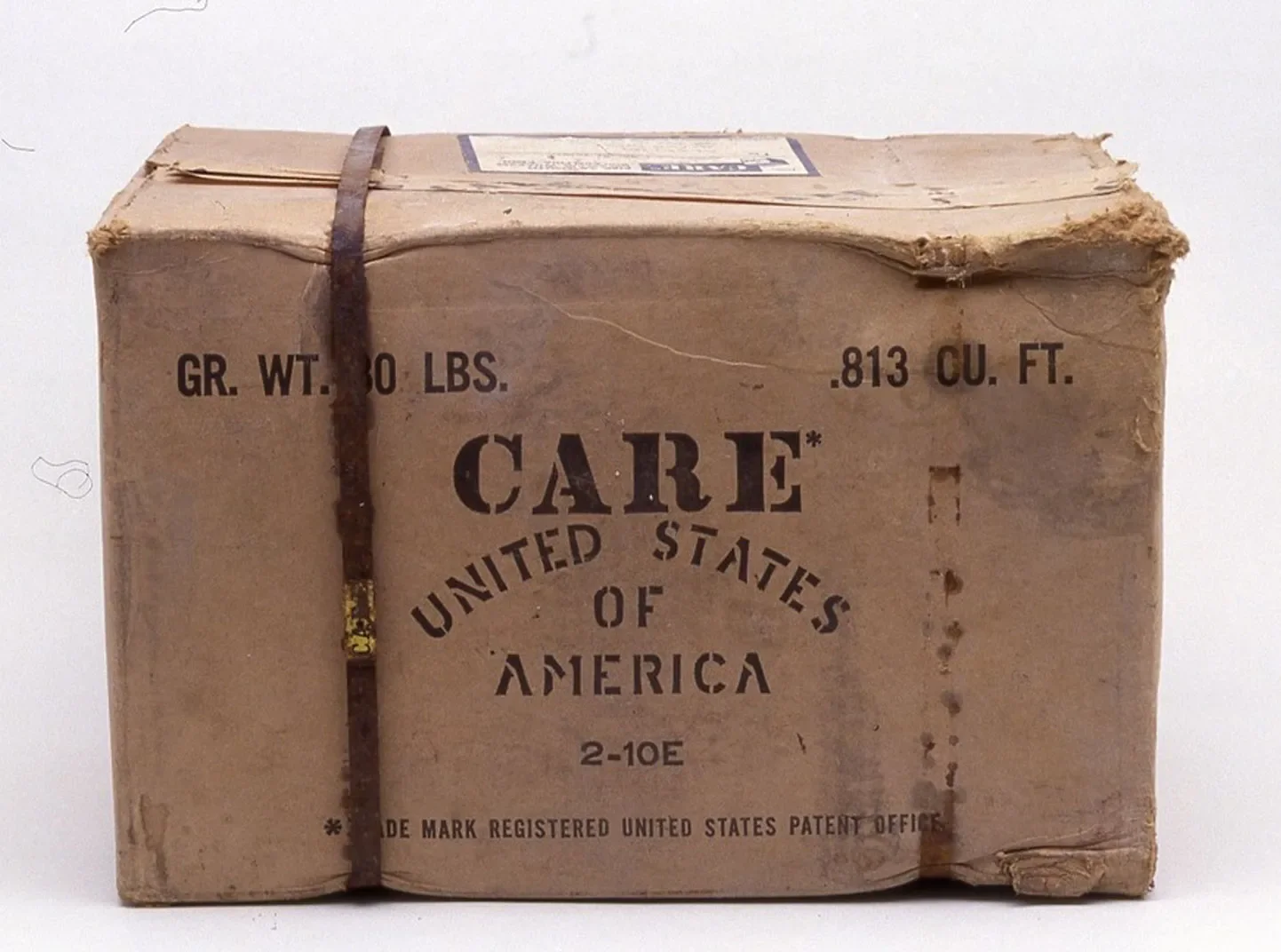At the onset of emergencies, women, girls and marginalized and at-risk groups are disproportionately affected and are at higher risk of experiencing Gender-Based Violence (GBV). Because of this, CARE prioritizes addressing both gender inequality issues and GBV specifically in emergency contexts.
About the guidance
This guidance is for all staff and partners working in emergency settings, both GBV specialists and non-specialists. It explains CARE’s approach to GBViE and how staff can integrate this into humanitarian programs across all sectors, drawing on key inter-agency resources. In line with all GBV programming within CARE, this focuses on GBV risk mitigation, response and prevention.
This Guidance Note aims to complement CARE’s GBV Guidance for Development Programs.
- Full GBViE Guidance Note (English, French, Spanish, Arabic)
Read the full Guidance Note for details of CARE’s approach to GBViE, what this looks like in the project cycle, and key principles for ensuring best practice. - GBViE Summary Brief (English, French, Spanish, Arabic)
Read the four-page overview of WHY CARE focuses on GBV in emergencies, WHO we work with, WHAT we focus on, and HOW we implement GBViE programs.
GBViE implementation guides
CARE’s GBViE Guidance Note is accompanied by four GBViE Implementation Guides to support staff with integrating GBViE considerations into their programs.
- GBViE Implementation Guide 1: Risk Mitigation
GBViE risk mitigation refers to a range of activities within all sectors of the humanitarian response that aim to first deliberately identify GBV risks and then take specific actions to reduce the immediate risk of exposure to GBV. - GBViE Implementation Guide 2: Response
GBViE response programming refers to interventions with explicit GBViE objectives to establish or strengthen service delivery to respond to incidents of GBV after they have occurred. - GBViE Implementation Guide 3: Prevention
GBViE prevention programming refers to interventions with explicit GBViE objectives that aim to stop GBV from occurring in the first place. It aims to protect the rights of survivors or groups at risk of violence. - GBViE Implementation Guide 4: GBViE in the Project Cycle
GBViE risk mitigation, response and prevention actions should be planned and implemented throughout the project cycle.
Non-GBV specialists should read the Guidance Note plus Implementation Guides 1 (Risk Mitigation) and 4 (GBViE in the Project Cycle). GBV specialists should read the Guidance Note plus all Implementation Guides.
About CARE’s GBViE programming
During an emergency and its aftermath, access to lifesaving care and support is unpredictable, vulnerability to violence is higher, and systems that protect women and girls, including family, community and state structures, may weaken or break down. This is why our programmatic approach focuses on GBV risk mitigation, response and prevention in emergency settings.
At CARE, we aim to serve the most vulnerable in each context we work in. We seek to see and understand diverse groups of women and girls based on their unique situation and design programs based on understanding of the specific needs of these groups.
We work in close partnership with crisis-affected women and girls and their organizations, networks, women-led and women’s rights organizations, and other organizations promoting gender equality to ensure CARE’s efforts are guided by local women and girls’ voices and priorities. We aim to strengthen their capacity to lead GBV response and prevention activities. We also partner with those delivering services, whether government institutions, CSOs, NGOs, UN agencies, private sector organizations, to ensure services meet the needs of women and girls.

